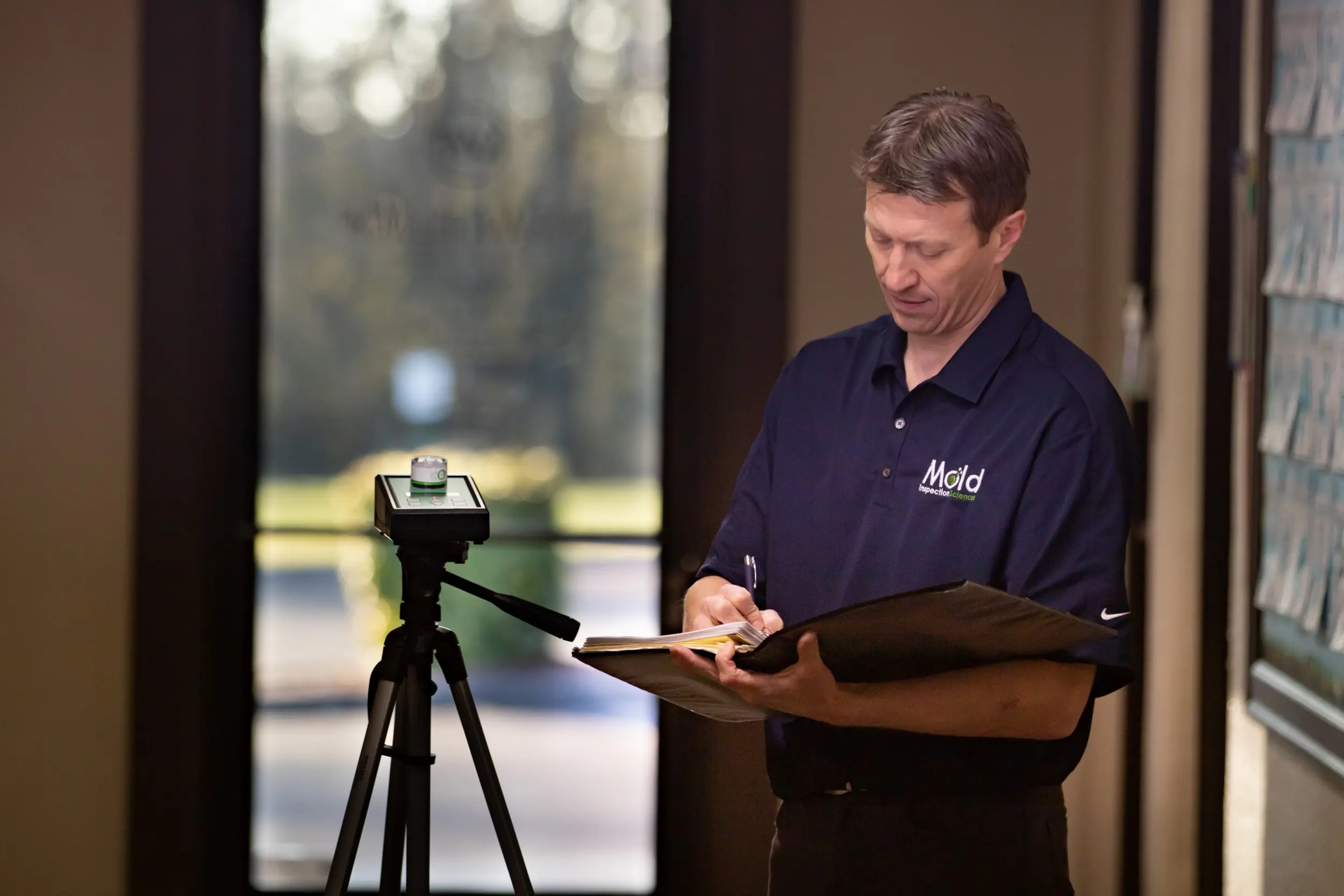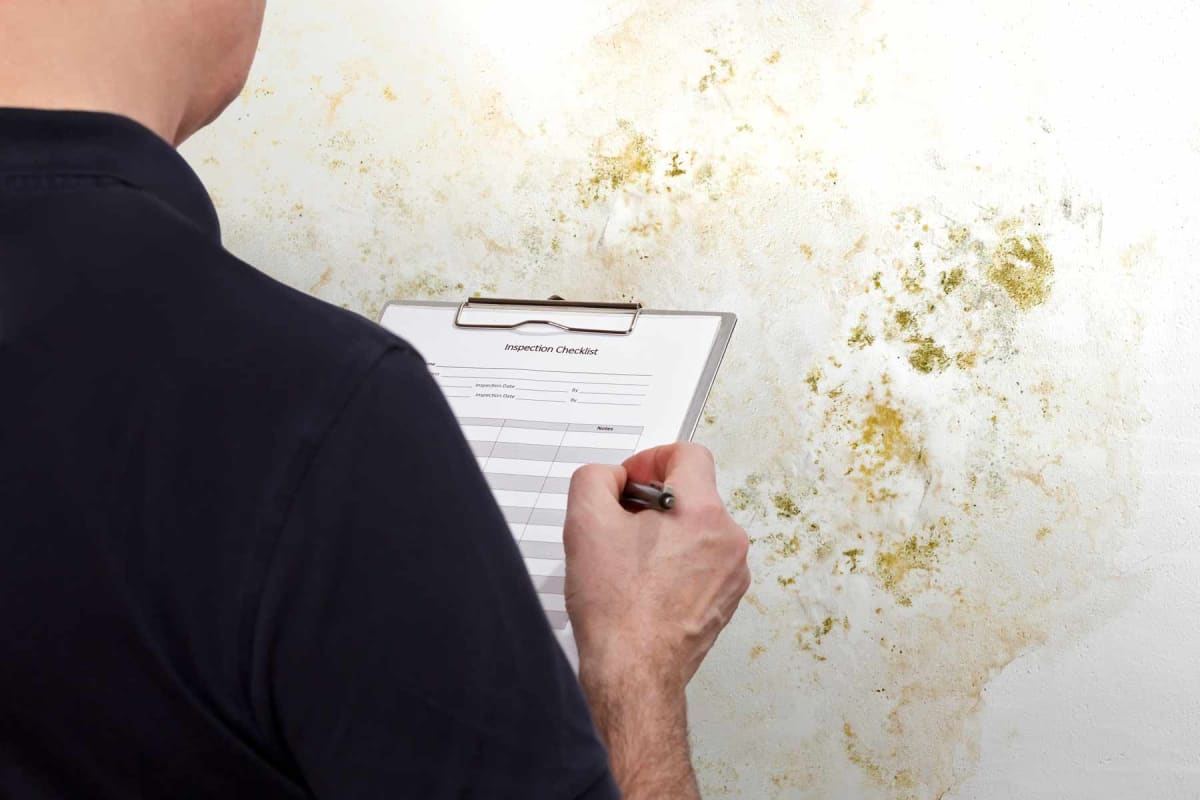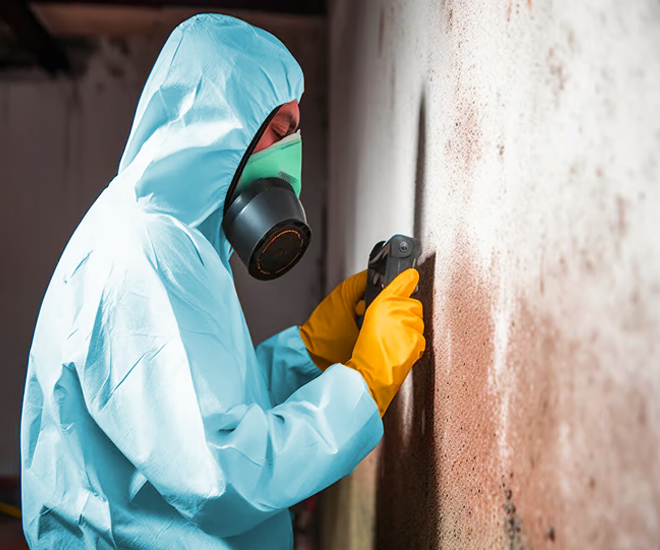Testing Air Quality After Mold Remediation
Wiki Article
Your Ultimate Overview to Message Mold Remediation Methods
Browsing the realm of post-mold removal strategies is a precise procedure that demands focus to information and an extensive understanding of the complexities included. In the aftermath of mold and mildew infestation, understanding just how to effectively eradicate the mold and prevent its reoccurrence is vital for maintaining a healthy and balanced interior setting. From choosing the ideal cleansing and decontaminating approaches to executing strategies for lasting mold and mildew prevention, each step in the remediation trip plays a critical duty in making certain an effective outcome. As we start this expedition of post-mold remediation techniques, we will reveal the key methods and best techniques that can help you recover your room to its pre-mold condition and secure it against future mold dangers.Understanding Post-Mold Removal Process
After finishing the mold and mildew removal procedure, it is important to recognize the post-mold removal strategies that are essential to guarantee a reliable and thorough clean-up. Once the mold has actually been gotten rid of, the following step includes cleaning and decontaminating the impacted areas to stop any regrowth of mold and mildew.
Moreover, carrying out a last evaluation post-remediation is important to make sure that all mold and mildew has actually been successfully removed. If the examination reveals any kind of lingering mold, extra removal may be required.
Reliable Cleansing and Disinfecting Methods

Preventing Future Mold And Mildew Development

Significance of Correct Air Flow
Correct ventilation plays an essential role in stopping wetness accumulation, a crucial element in mold growth within interior settings. Efficient ventilation systems assist get rid of excess humidity from the air, reducing the opportunities of mold and mildew spores discovering the wetness they require to sprout and spread. Without sufficient ventilation, interior areas can come to be a breeding place for mold and mildew, resulting in prospective health and wellness risks and architectural damage.By making certain correct air flow, air flow systems can likewise help in drying out moist locations more quickly after water damage or flooding incidents, additionally deterring mold and mildew development. After mold remediation. Precede like bathrooms, kitchen areas, basements, and attics where dampness levels have a tendency to try this be higher, setting up and maintaining efficient ventilation systems is vital in avoiding mold problems

Surveillance and Upkeep Tips
Provided the crucial duty that correct ventilation plays in avoiding mold development, it is imperative to develop effective surveillance and upkeep suggestions to make certain the continued capability of air flow systems. Routine assessments of air flow systems need to be carried out to look for any type of indicators of blockages, leaks, or malfunctions that can impede proper airflow. Tracking moisture degrees within the building is additionally important, as high moisture can add to mold and mildew development. Installing a hygrometer can aid track humidity levels and sharp homeowners to any type of spikes that might call for focus. In addition, you can try these out making sure that air filters are regularly cleansed or replaced is vital for preserving the effectiveness of the air flow system. Applying a routine for regular upkeep jobs, such as air duct cleansing and cooling and heating system assessments, can assist avoid concerns before they escalate. By remaining alert and positive to the problem of ventilation systems, residential property owners can efficiently alleviate the threat of mold and mildew regrowth and preserve a healthy indoor setting.
Conclusion
In final thought, post-mold remediation strategies are crucial for making sure a secure and clean atmosphere. Comprehending the process, carrying out effective cleansing and disinfecting techniques, preventing mold removal scam future mold and mildew growth, maintaining proper ventilation, and routine tracking are all critical steps in the removal process. By following these standards, you can effectively eliminate mold and mildew and prevent its return, working or advertising a healthy living area for all occupants.In the results of mold invasion, recognizing how to effectively remove the mold and mildew and prevent its reoccurrence is paramount for maintaining a healthy and balanced interior setting. Once the mold and mildew has been removed, the following step entails cleaning and decontaminating the impacted locations to protect against any regrowth of mold - testing air quality after mold remediation. After removing visible mold development, it is crucial to clean up all surface areas in the damaged location to get rid of any type of continuing to be mold and mildew spores. To even more improve mold and mildew prevention procedures, it is vital to resolve underlying concerns that initially led to mold growth.Offered the critical function that proper ventilation plays in stopping mold and mildew development, it is vital to establish reliable surveillance and maintenance ideas to ensure the continued capability of air flow systems
Report this wiki page